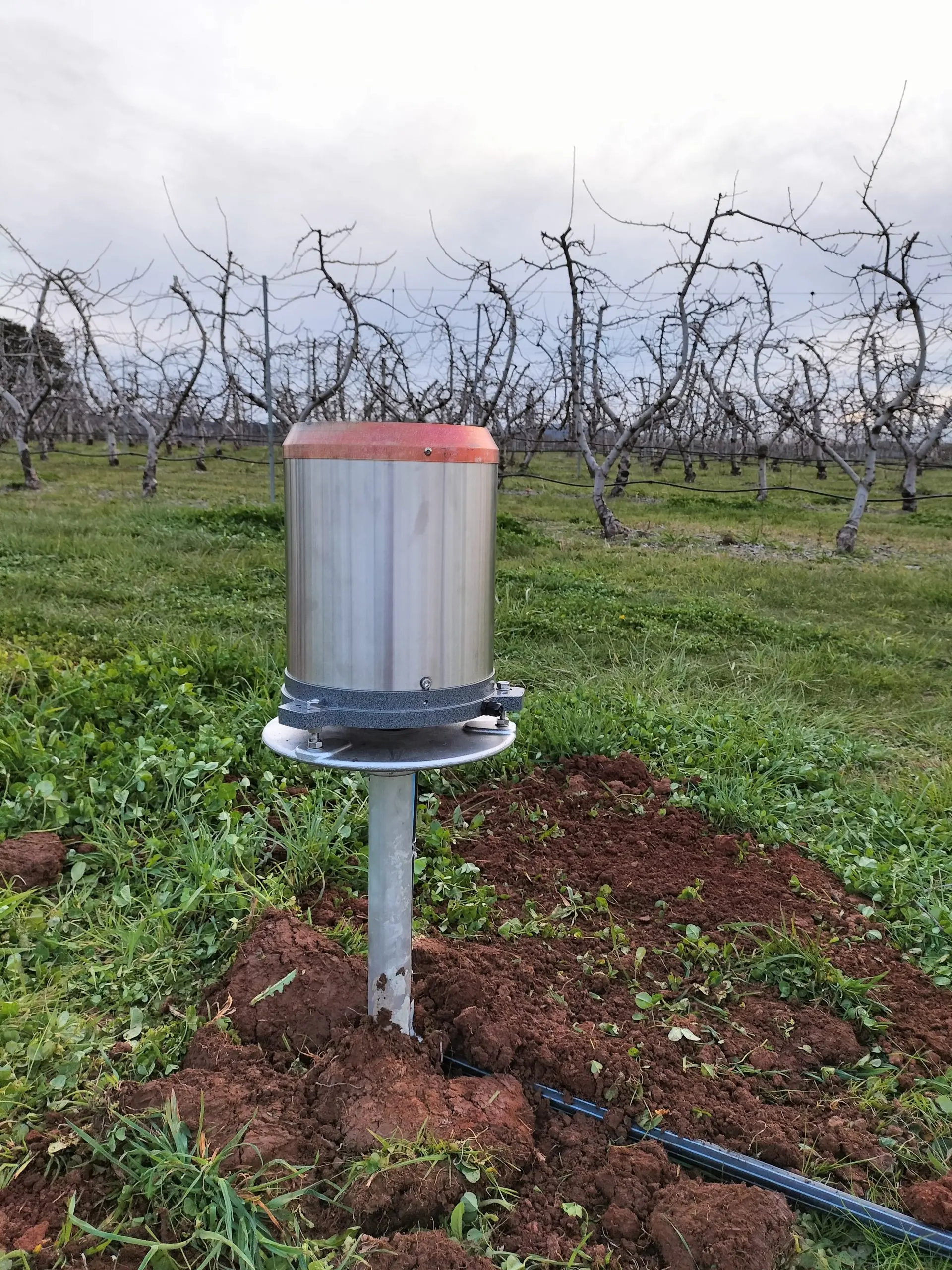How to Select the Right Rain Gauge for Reliable Precipitation Monitoring
How to Select the Right Rain Gauge for Reliable Precipitation Monitoring
Blog Article
Revealing the Scientific Research Behind Rain Assesses: How These Instruments Play an Important Function in Environment Study and Environmental Surveillance
Rain assesses, seemingly basic tools, hold an extensive value in the world of climate research study and ecological tracking. These plain tools silently gather among nature's most crucial elements-- rains. Yet, behind their unpretentious facade exists an intricate science that is vital for recognizing the characteristics of our environment. As we peel back the layers of this scientific shroud surrounding rainfall evaluates, we discover a globe where precision, data accuracy, and precise observation assemble to unveil a deeper understanding of our altering climate and its effect on the earth.
Significance of Rainfall Gauges
Rain gauges play an indispensable function in surveillance and measuring precipitation degrees, giving crucial data for climate research study and analysis. These devices are basic in measuring the quantity of rains that happens in a certain location over a particular duration. By accumulating and measuring rain, rain assesses offer beneficial understandings right into the distribution and strength of rainfall, assisting meteorologists, hydrologists, and climatologists in understanding climate patterns and fads.
Additionally, lasting data gathered from rainfall gauges assists in assessing climate adjustment effects and patterns, contributing substantially to scientific study and decision-making procedures. In essence, rain gauges offer as essential devices in the area of weather forecasting and ecological science, playing a crucial role in advancing our understanding of climate and climate dynamics.
Sorts Of Rain Gauges

Performance and Operation
In the world of environment research and meteorological research studies, the performance of rainfall gauges lies in their complex functionality and exact operational devices. Rainfall gauges are created to precisely gauge the amount of rainfall that falls over a particular area throughout a set duration.
The performance of rainfall gauges is based upon the principle of measuring and accumulating rain in a standard fashion. This gathered data is vital for comprehending regional weather patterns, tracking long-term environment trends, and assessing ecological influences. To guarantee precise dimensions, rain assesses demand to be strategically placed in open locations away from obstructions such as structures or trees that can disrupt the collection procedure.
The functional aspect of rainfall determines involves normal maintenance to stop debris build-up, calibration checks to maintain dimension accuracy, and data tape-recording for analysis (rain gauge). In general, the functionality and operation of rainfall assesses are important for gathering trustworthy rainfall data essential to environment research and ecological monitoring
Duty in Climate Research
Given the critical relevance of exact precipitation dimensions in comprehending climate patterns and environmental effects, the role of rain determines in climate study is crucial. Rainfall determines give essential information for climate research study by evaluating the quantity of precipitation that falls over a details area throughout a given period. This data is vital for keeping an eye on long-term trends in rainfall patterns, assessing the impact of climate change on rains distribution, and enhancing climate versions.

Environment researchers make use of information gathered from rain gauges to analyze variations in rainfall degrees, identify local climate patterns, and evaluate the efficiency of water resource management strategies. By contrasting historic precipitation information with existing measurements, scientists can identify internet changes in rainfall patterns, such as changes in the frequency or intensity of rains events. This info is vital for recognizing just how climate adjustment is affecting rainfall characteristics and can help policymakers make informed choices relating to adaptation and mitigation strategies.
Applications in Ecological Surveillance
In flood projecting, rain gauge data helps to track rains intensity and distribution, permitting authorities to release prompt cautions and take essential measures to minimize flood dangers (rain gauge). Drought surveillance counts on rain gauge information to evaluate moisture levels in the dirt and track precipitation deficits, assisting in the identification of drought-prone locations and the application of dry spell action approaches
Additionally, rain scale information plays a vital role in water source management by giving details on water schedule and usage patterns. This data is utilized to make educated choices regarding water allocation, preservation actions, and sustainable water source planning. Additionally, in farming, rainfall gauge data aids farmers in optimizing irrigation routines, plant selection, and general farm management techniques based upon local precipitation patterns. In general, rain gauges are vital tools in ecological surveillance, supplying beneficial understandings that add to educated decision-making and lasting source administration.
Verdict
To conclude, rain assesses are necessary devices for measuring rainfall, supplying useful information for environment research and ecological tracking. With different kinds and capabilities, rain determines play a vital function in recognizing rainfall patterns and their influence on the setting. By accurately measuring rainfall, these devices contribute to the advancement of clinical understanding and help in making educated choices pertaining to water resource management and catastrophe preparedness.
Rain assesses play an essential function in tracking and determining rainfall levels, supplying crucial data for environment study and analysis. The typical rain scale, understood as the "tipping pail" scale, is one of the most typically made use of gadgets. image source Ultrasonic rain gauges use sound waves to discover the existence of rainfall, supplying real-time information on rainfall levels.Climate researchers use information collected from rain assesses to analyze variations in rainfall degrees, recognize local climate fads, and evaluate the performance of water source administration strategies.In conclusion, rainfall evaluates are necessary tools for gauging rainfall, supplying valuable information see this website for climate research study and environmental monitoring.
Report this page